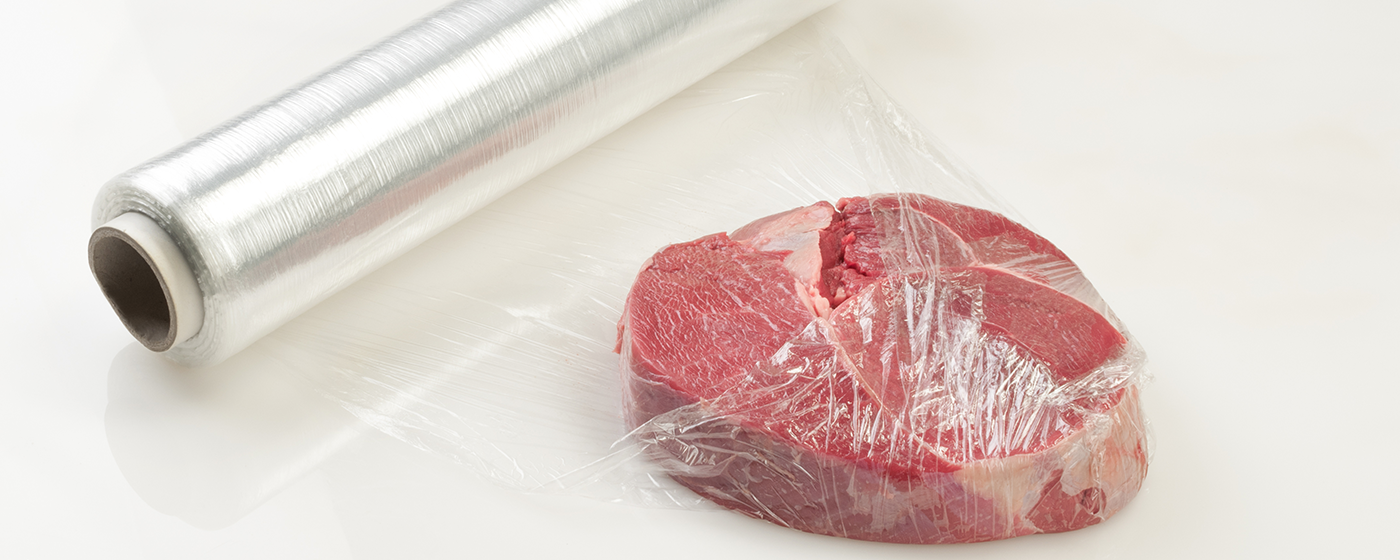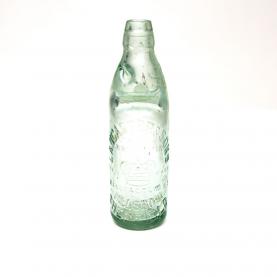Packaging
Packaging plays its protective role in various ways. It was originally used to protect foodstuffs from natural hazards and help prevent them from deteriorating. With the rise of commercial society, packaging became portable. The industrialisation and mechanisation of food manufacturing in the 19th century sped up its development and production. In the 20th century, new materials (PVC, PET) were added to the long list of natural materials, such as wood, tinplate and aluminium.
Materials and packaging: From the early days to the contemporary era
Food packaging was initially developed as a response to the need to save food. The first prehistoric ‘packaging’ was all natural: leaves or a gourd for example. Just like the silos and granaries that have existed since Antiquity, their role was to protect food being stored for later consumption. With the emergence of the commercial society came the need to transport products from one climate to another, in addition to the need to preserve them. The ceramic pot and the amphora, which both appeared circa 5000 years BCE, became an essential extension to the silo.
Over the centuries, various materials have been used to protect precious contents, such as wood for the barrel invented by the Gauls and glass in various forms, with its trade flourishing in Venice from the 16th century onwards. The latter was to become Nicolas Appert’s preferred material. In 1796, this French ‘confectioner’ developed a new procedure called appertisation which, for the first time ever, preserved not only the food but its flavour too. He thus invented modern preserves.
The tin can was invented in 1810 by the Englishman Peter Durand. In the 19th century, England had a monopoly on the tinplate industry. As imports of the material were heavily taxed there from the 17th century onwards, it developed its own industry to limit custom duties and redefined quality standards. Tin cans had many advantages. They proved not only mechanically and chemically resistant, but also preserved the quality of the contents and made transportation easier, thus contributing to the ‘migration’ of tastes and flavours around the world. From cans of infant milk powder to military rations, the ‘tin’ remains commonplace to this day.
During the 20th century, new materials emerged influencing the composition of packaging, such as aluminium in 1926 with drinks cans, card and polyethylene with Tetra Pak by Ruben Rausing in 1951 and plastic with polyvinyl chloride (PVC) cling film from the mid-1950s onward. Since PVC is gas permeable, it is unsuitable for carbonated drinks, which continued to be packed in glass bottles until the invention of polyethylene terephthalate (PET). After initially being used to transport blood plasma during the Korean War, PET was introduced to the food industry in 1974 by Pepsi.
Outer packaging and packaging: The difference
Outer packaging as opposed to packaging first arrived in the 20th century with the advent of self-service. The latter is placed within the former, like Russian nesting dolls. Outer packaging makes it easier to transport and store packaged products on their way to supermarket shelves. It protects them all the way from the production site to the distribution site. Packaging, on the other hand, is closely linked to its contents and plays many roles that range from preserving the individual foodstuff until its expiry date, to displaying text advertising the product, giving directions for use and promoting values.
The success of the PET bottle
At the end of the 20th century, PET bottles were being industrially produced at a rate of 30 000 units per hour and, in 1993, European consumption had reached 10 billion drink bottles. In Switzerland today, 1.5 billion bottles are brought into circulation each year, with 80% recycled according to the Federal Office for the Environment in 2011.
PET RECYCLING SUISSE, 2015. Bouteilles de boissons en PET [en ligne]. [Consulté le 12 octobre 2015]. Disponible à l’adresse : http://www.swissrecycling.ch
RADIO TELEVISION SUISSE (RTS), 2011. Les Suisses, as du recyclage du PET et du verre. RTS informations [en ligne]. RTS, 2011. [Consulté le 12 octobre 2015]. Disponible à l’adresse : http://www.rts.ch
BERNARDIS, Marie-Agnès, 2000. Emballage, emballages. Paris : Cité des sciences et de l’industrie.
URVOY, Jean-Jacques, SANCHEZ-POUSSINEAU, Sophie, LE NAN, Erwan, 2012. Packaging : toutes les étapes du concept au consommateur. Paris : Eyrolles.
VIMAR, Jules, 1965. La fortune du pot. Petite histoire illustrée du conditionnement. Paris : Delpire.








